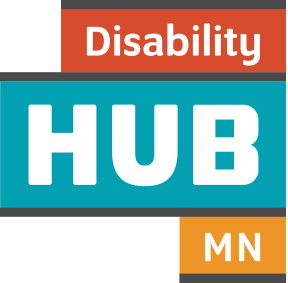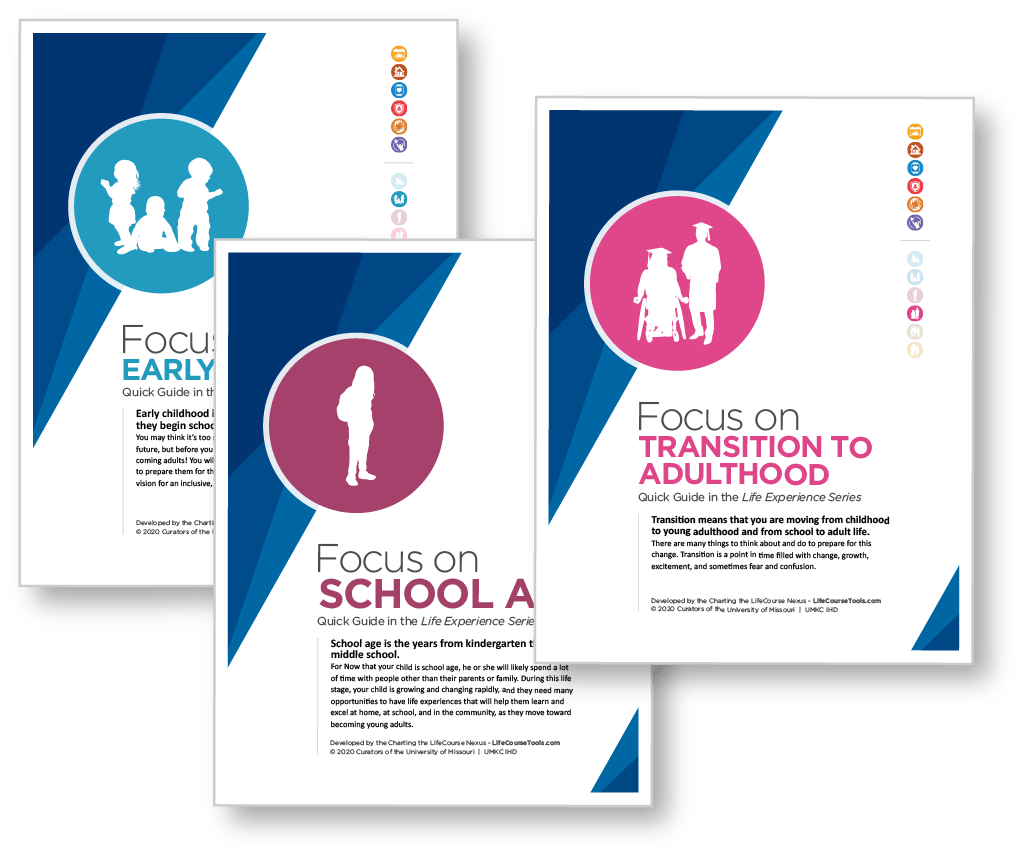Strategies for taking a lifespan approach to transition planning
When your child is younger, you might feel like “We're just trying to get through the day. We don't have time to think about what adulthood will look like.” Or, “My child is in elementary school. It's too early to think about transition planning.” But by planning for transition during each stage of your child’s life, your child will be better prepared for life as an adult.
Below are strategies you can consider as your child grows and develops. Life experiences in each stage build upon one another and prepare a person for future life stages. You can also learn more about planning and the life stages in our information about Charting the LifeCourse.


